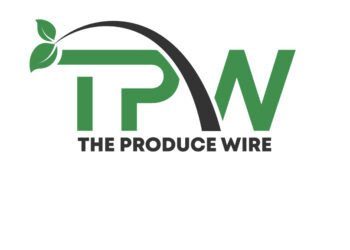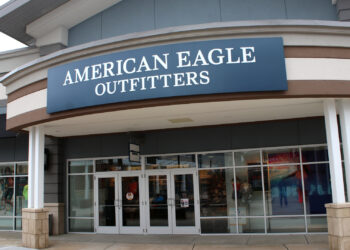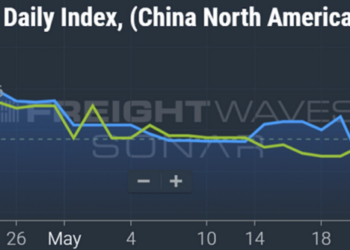Retailers are bracing for significant disruption as President Donald Trump’s sweeping tariffs on imports from China, Mexico and Canada take effect. The new duties, which include an additional 10% tariff on Chinese goods and 25% tariffs on products from Mexico and Canada, are forcing retailers to reevaluate their supply chains and pricing strategies.
Many major retailers are sounding the alarm about the potential impact on their businesses and consumers. Target CEO Brian Cornell warned that produce prices could rise within days due to the Mexico tariffs, as the company relies heavily on Mexican imports for fruits and vegetables during winter months. Best Buy CEO Corie Barry said price increases for American consumers are “highly likely” given that 75% of the company’s products come from China and Mexico. Barry noted that while Best Buy only directly imports 2%-3% of its goods, the company expects vendors to pass along tariff costs.
Walmart, the nation’s largest retailer, has not yet factored tariffs into its full-year guidance but acknowledged the uncertainty they create. CFO John David Rainey said Walmart will likely have to raise prices in some cases.
RELATED: Retail trade groups: 25% tariffs a ‘crushing’ burden for American families
The tariffs are expected to squeeze margins for many retailers, potentially forcing them to choose among absorbing higher costs, passing them on to shoppers or a combination of both. The National Retail Federation warned that as long as the tariffs remain in place, “Americans will be forced to pay higher prices on household goods.”
However, some retailers see potential benefits from the trade disruption. Off-price chains like TJ Maxx, which buy excess inventory from other retailers, could capitalize on increased inventory as companies rush to import goods ahead of tariff deadlines. TJX Cos. CFO Scott Goldenberg said tariffs may create “advantageous buying situations” for the company.
E-commerce marketplace Etsy also views itself as a potential beneficiary. CEO Josh Silverman noted the company has less dependence than its competitors on products from China. Meanwhile, resale platforms like ThredUp expect price-conscious consumers may turn to secondhand options if retail prices increase.
Repercussions of the tariffs have begun to show in freight data as well.
As the first business days of March approached and it became clearer that the North American tariffs were all systems go, shippers rushed to move freight from Canada to the U.S. to avoid the tariffs that went into effect Tuesday. That led to an increase in outbound Canadian freight tender volume (white line above), which includes a large portion of cross-border loads, and an even sharper increase in the portion of those tenders that were rejected by carriers due to lack of capacity or the availability to move more lucrative loads on the spot market. Specifically, after carriers rejected an average of 4.8% of outbound Canadian tenders in January and 6.6% in February, they have rejected 10.5% of outbound Canadian tenders in the past seven days.
RELATED: Tariffs in 7 SONAR charts
The tariffs are also impacting the retail landscape in Canada, where several provinces have begun pulling U.S. alcohol from shelves in retaliation. Ontario, Quebec and British Columbia announced they would stop importing and selling American beer, wine and spirits through their government-run liquor stores.
For U.S. farmers and agricultural businesses, the tariffs create additional challenges. Fertilizer companies like Compass Minerals have indicated they will need to pass along costs to customers in the wake of the tariffs on Canadian goods. This could have long-term effects on farmers’ input costs and profitability, while hitting retail customers’ pockets.
FreightWaves’ Mike Baudendistel contributed to this report.
The Light Load: I for one will not starve if tariffs fry Canadian ‘bacon’
After Trump pressure, China sells Panama port terminals to US private equity firm, MSC
Canada, China and Mexico strike back as Trump’s tariffs go into effect
Trump says US plans tax breaks, investment in shipbuilding
The post Retailers see both danger and potential in Trump’s tariffs appeared first on FreightWaves.














